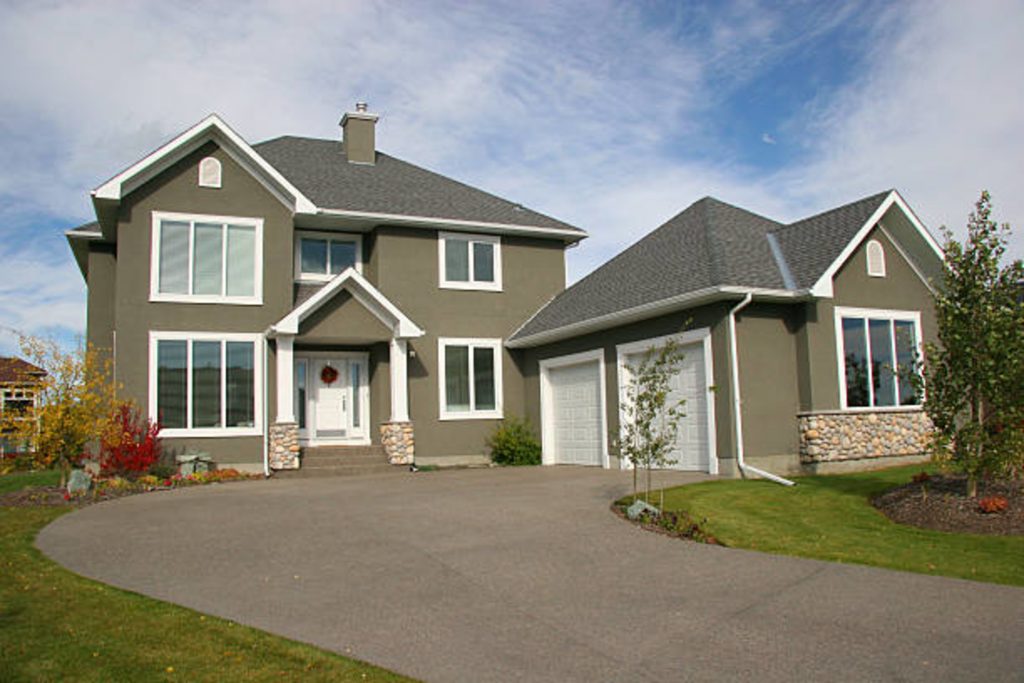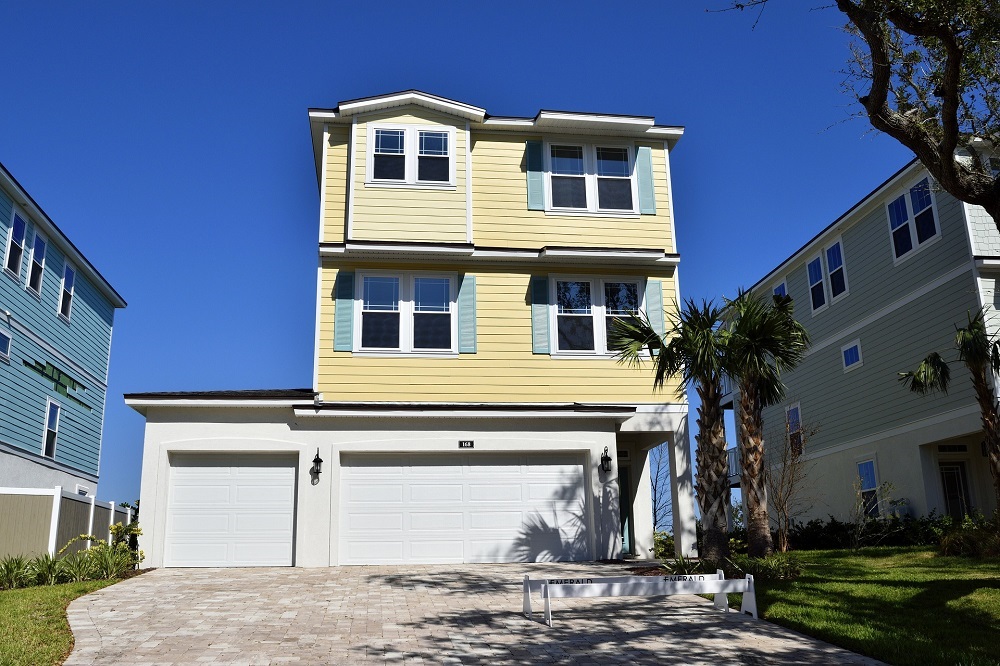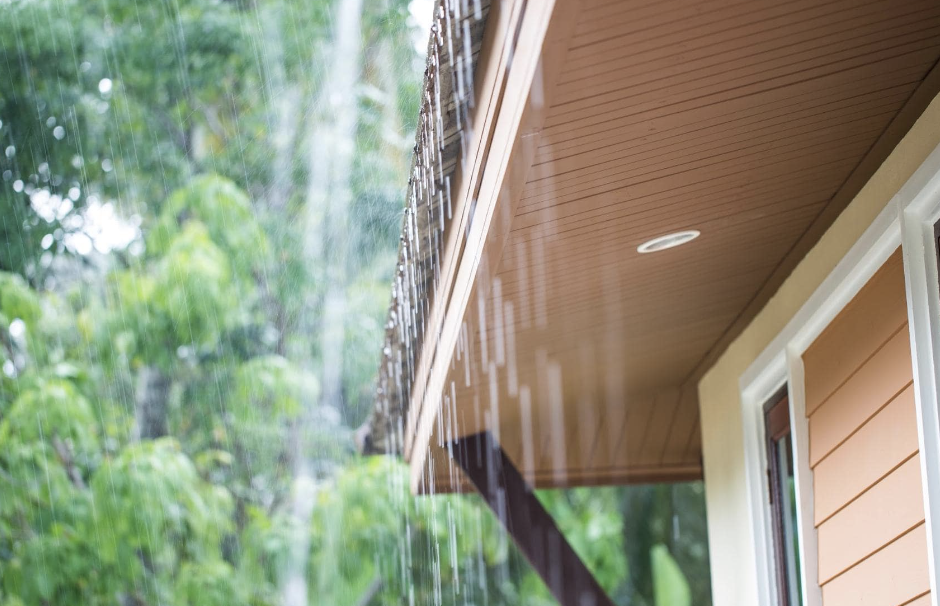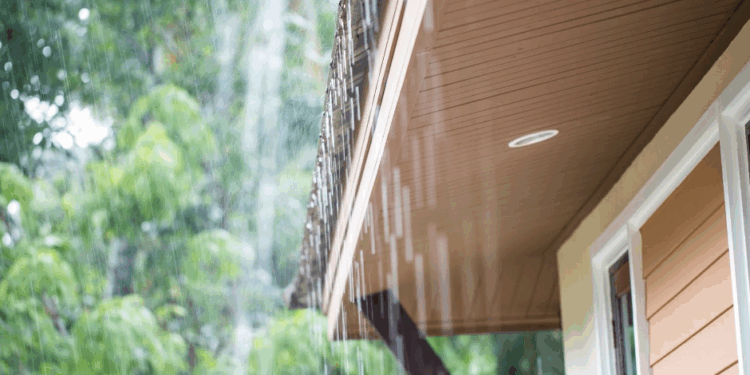Exploring the world of Siding Solutions for Coastal and Humid Climates unveils a treasure trove of information and insights that promises to captivate your interest from the get-go. Let's delve into the realm of siding materials, considerations for coastal areas, moisture management strategies, and installation techniques that are tailored for these unique climates.
Types of Siding Materials
When choosing siding materials for coastal and humid climates, it is crucial to consider durability and maintenance requirements. Let's explore the various options available and how they fare in these environments.
Vinyl Siding
Vinyl siding is a popular choice for coastal and humid climates due to its resistance to moisture, salt air, and insects. It is low maintenance, requiring occasional cleaning with soap and water. However, it may fade or become brittle over time.
Fiber Cement Siding
Fiber cement siding is highly durable and resistant to rot, pests, and moisture, making it suitable for coastal areas. It requires minimal maintenance, such as repainting every 10-15 years. However, it can be heavy and challenging to install.
Wood Siding
Wood siding adds a natural and timeless look to homes in coastal areas but requires more maintenance than other materials. Regular painting, staining, and sealing are necessary to protect it from moisture, rot, and pests. It may also be prone to warping and splitting in humid climates.
Engineered Wood Siding
Engineered wood siding offers the beauty of wood with enhanced durability and moisture resistance. It requires less maintenance than traditional wood siding but still needs periodic painting or staining to protect it from the elements. However, it may be more susceptible to moisture damage than fiber cement siding.
Considerations for Coastal Areas

When it comes to choosing siding materials for coastal areas, there are specific considerations that need to be taken into account to ensure durability and longevity in harsh coastal conditions.Saltwater Corrosion Resistance:Living near the coast means exposure to saltwater and its corrosive effects on building materials.
It is crucial to choose siding materials that are resistant to saltwater corrosion to prevent premature deterioration and damage to your home's exterior.Impact of High Winds:Coastal regions are often prone to strong winds, which can put extra stress on siding materials.
To withstand these high winds, it is important to select siding materials that are designed to withstand such forces and remain securely in place.Siding Solutions for Coastal Areas:There are several siding options available that offer protection against salt spray and moisture in coastal regions.
Fiber cement siding, vinyl siding, and engineered wood siding are popular choices known for their durability and resistance to coastal conditions. These materials are designed to withstand the harsh elements commonly found in coastal areas, making them ideal choices for homes in these regions.
Examples of Siding Solutions for Coastal Areas
- Fiber Cement Siding: Known for its durability and resistance to moisture, fiber cement siding is a popular choice for coastal homes. It is resistant to saltwater corrosion and can withstand high winds, making it a reliable option for coastal areas.
- Vinyl Siding: Vinyl siding is another excellent choice for coastal regions due to its resistance to salt spray and moisture. It is also lightweight and easy to maintain, ideal for homes in coastal areas where weather conditions can be harsh.
- Engineered Wood Siding: Engineered wood siding offers the natural beauty of wood with added durability and resistance to moisture. It is designed to withstand coastal conditions and provide long-lasting protection against salt spray and high winds.
Moisture Management
Proper moisture management is crucial when it comes to siding installations in humid climates. Failure to address moisture issues can lead to mold and mildew growth, compromising the integrity of the siding and the overall structure of the building.
Ventilation for Mold Prevention
In humid climates, proper ventilation behind siding is essential to prevent the buildup of moisture that can lead to mold and mildew growth. Installing vents or creating air gaps between the siding and the wall can allow for air circulation, helping to dry out any moisture that may accumulate.
Vapor Barriers and House Wraps
Vapor barriers and house wraps play a key role in moisture control for siding installations. Vapor barriers are installed on the interior side of the wall to prevent moisture from seeping into the wall cavity, while house wraps are installed on the exterior side of the wall to protect against water infiltration.
Together, these barriers help to create a moisture-resistant envelope around the building, ensuring that the siding remains dry and free from mold and mildew growth.
Installation Techniques

Proper installation of siding in coastal and humid regions is crucial to ensure its longevity and performance. This involves following best practices to address specific challenges posed by these climates.
Importance of Proper Flashing and Sealing
In coastal and humid areas, water infiltration is a major concern that can lead to damage and deterioration of siding materials. To prevent this, it is essential to use proper flashing and sealing techniques during installation. Flashing should be placed around windows, doors, and other openings to create a watertight barrier.
Sealing joints and edges with high-quality caulking further enhances protection against moisture intrusion.
Addressing Expansion and Contraction
Siding materials can expand and contract due to changes in temperature and humidity, especially in coastal and humid climates. To accommodate this movement, it is important to leave sufficient gaps between siding panels during installation. These gaps allow for expansion without causing buckling or warping of the siding.
Additionally, using flexible materials that can withstand fluctuations in temperature can help mitigate the impact of expansion and contraction over time.
Last Recap

As we wrap up our discussion on Siding Solutions for Coastal and Humid Climates, it becomes clear that choosing the right siding materials and implementing proper installation techniques are crucial for durability and longevity in these challenging environments. Armed with this knowledge, you are now equipped to make informed decisions for your coastal or humid climate property.
FAQ Compilation
What are the best siding materials for coastal and humid climates?
Some of the top choices include fiber cement and engineered wood siding due to their durability and resistance to moisture.
How can I prevent mold and mildew growth behind siding in humid climates?
Proper ventilation is key to preventing mold and mildew, ensuring air circulation behind the siding.
What are some installation challenges specific to coastal regions?
Addressing issues like saltwater corrosion and high winds poses unique challenges that require specialized solutions during installation.









